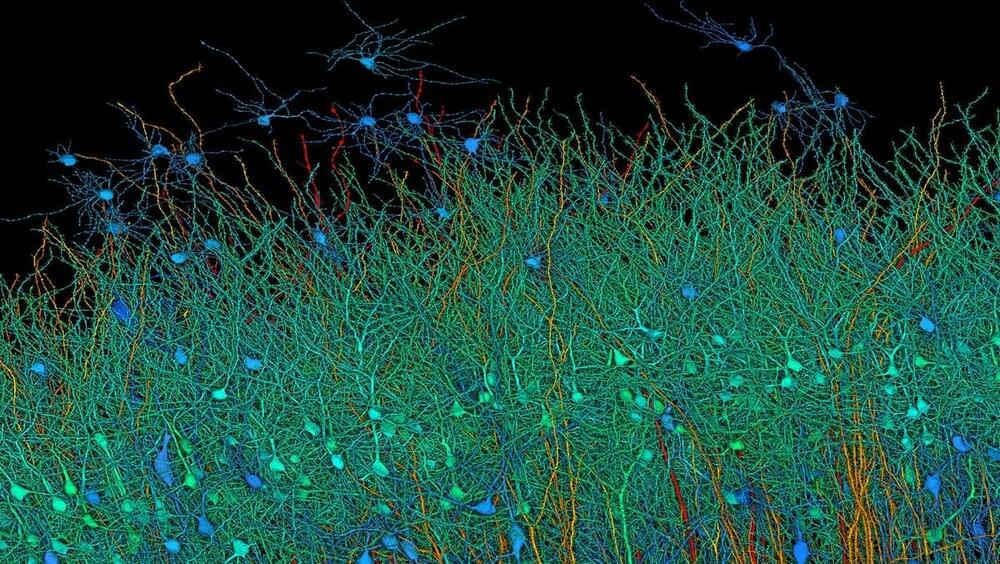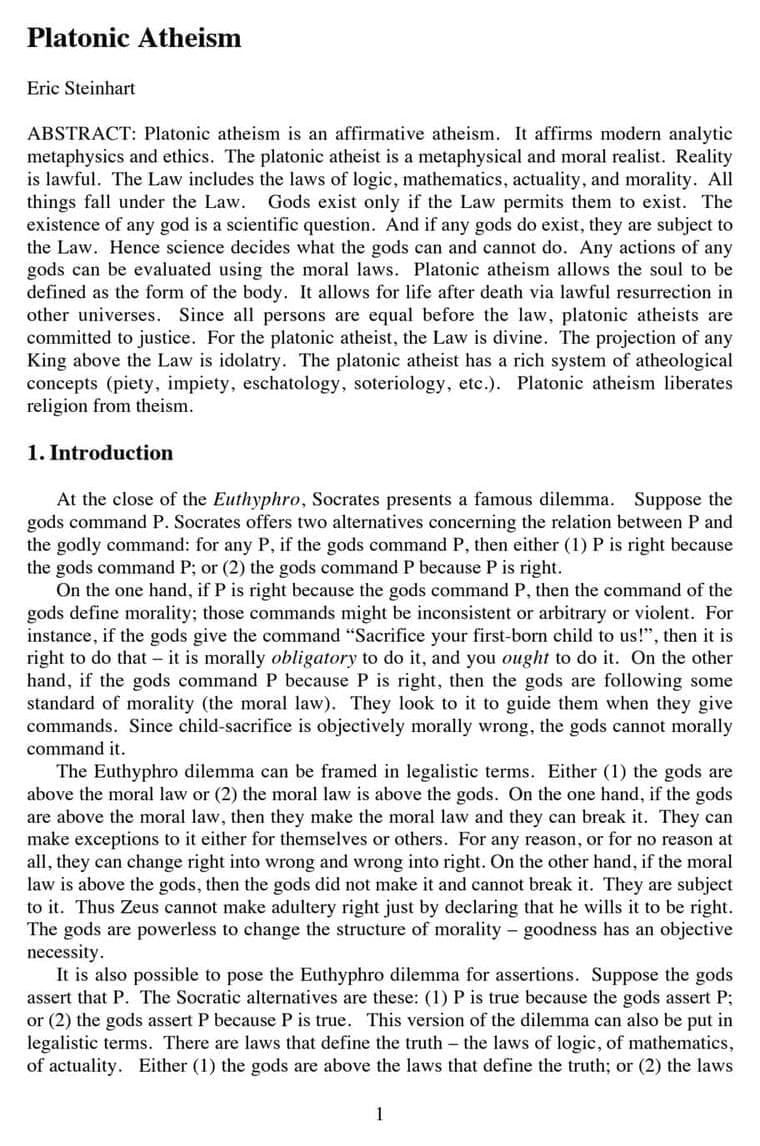Last and First Men & Last Men in London [1/3]by Olaf StapledonRead by Ray LandersThis collection was first published in 1972Audio originally issued by NLS on…
Get the latest international news and world events from around the world.


Remarks by Dr. Liz Sherwood-Randall Assistant to the President for Homeland Security on Countering Bioterrorism in an Era of Technology Convergence
Ash carter exchange remarks as prepared.
I’m grateful to be here today with a group of kindred spirits focused on tackling some of the hardest problems we face at the intersection of technology and national security.
Ash Carter devoted his life to working in this arena, and many of you are here because of the impact he had on you and your careers.

Study: Women Can Boost Longevity With Half as Much Exercise as Men
A new study has unveiled a surprising revelation: Women may need only half the amount of exercise as men to achieve similar benefits in terms of longevity. This groundbreaking research challenges conventional wisdom and underscores the importance of personalized approaches to physical fitness based on gender differences.
As the world grapples with rising concerns over sedentary lifestyles and their impact on health outcomes, these findings offer invaluable insights into optimizing exercise regimens for women.
The study also revealed that women who engage in regular physical activity may significantly extend their life spans. The findings, published in the Journal of the American College of Cardiology, shed light on the vital role of exercise in promoting longevity among women.



OTPS seeks input from the lunar community to inform a framework for further work on non-interference of lunar activities
NASA’s Office of Technology, Policy, and Strategy (OTPS) is asking members of the lunar community to respond to a new Lunar Non-Interference Questionnaire that will inform the development of a framework for further work on non-interference of lunar activities. There is no funding or solicitation expected to follow.
OTPS was created in November 2021 within the Office of the NASA Administrator to work transparently in collaboration across NASA and with the broader space community to provide NASA leadership with a trade space of data-and evidence-driven options to develop and shape NASA policy, strategy, and technology.
As dozens of countries and private sector companies have expressed interest in establishing lunar operations by the end of the decade, including many in the South Pole region, it will be critical to determine how to minimize interference and contamination in lunar activities. Deconfliction has been identified as an area of further work in Section 11 of the Artemis Accords and will be an area of increasing importance as the number of commercial and international actors operating on the lunar surface grows.



Meta Just Achieved Mind-Reading Using AI
ALGORITHMS THAT DECODE IMAGES A PERSON SEES OR IMAGINES will enable visual representations of dreams a sleeper is having, and give deeper insights into emotionally disturbed or mentally ill patients.
Go to a href= https://brilliant.org/coldfusion